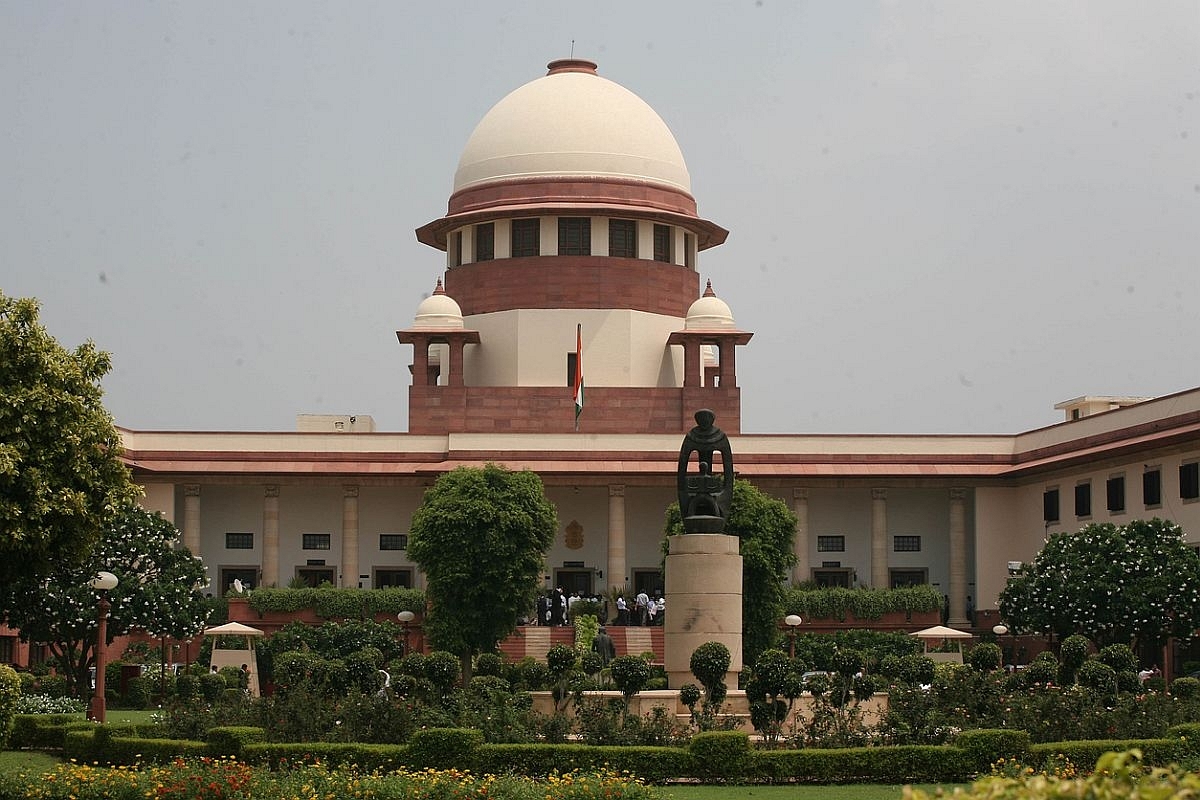News Brief
Supreme Court Orders Razing Of Storage Tanks Owned By Adani Joint Venture In Chennai

The Supreme Court of India.
The Supreme Court on Wednesday (1 February) upheld a 2020 decision by the National Green Tribunal (NGT) ordering the demolition of an edible oil storage and transit terminal run by an Adani joint venture, in Chennai, for violating coastal zone regulations.
The bench consisting of Justices KM Joseph, BV Nagrathna, and JB Pardiwala also imposed a fine of Rs 25 lakh on the group.
Facts Of The Case
The appellants (KTV Oil Mills and KTV Health Food — joint ventures of Adani Wilmar Limited and KTV Group) are processors and refiners of edible oil and import edible oil through the Chennai Port.
In 2014, KTV Health Foods purchased a storage facility and approached the authorities for laying down a 4.5 km underground pipeline.
Thereafter, permissions were granted by Chennai Fishing Harbour Management Committee, the NHA, and the Chennai Port Trust, and the proposal was recommended by District Coastal Zonal Management Authority (DCZMA), Chennai, and forwarded by Tamil Nadu State Coastal Zonal Management Authority to the Ministry of Environment, Forest and Climate Change (MoEFCC).
An Expert Appraisal Committee (EAC) was then formed and it received the required certifications from the Chennai Port Trust. The final nod from the Union Ministry was still awaited though when the appellant started laying down the pipeline.
An application was filed against the same with the NGT on 19 October 2016. However, the Ministry of Environment granted post-facto clearance to the pipeline on 8 March, 2019, after amendments to the 2011 notification.
The NGT declared the March 8 order illegal, and the matter reached the Supreme Court.
What do the Coastal Regulation Zone (CRZ) regulations say?
Under the CRZ notification 2011, storage facilities for non-hazardous cargo, such as edible oils, are permitted on the “landward side of existing structures” (CRZ-II). It also allows for storage facilities to operate within the port areas.
Under CRZ-III, storage of non-hazardous material is permitted within a distance upto 200m from the high tide line (HTL) and 200-500m from the HTL.
While the 2011 notification doesn’t provide for post-facto clearance to permissible activities, the 2018 notification does. However, projects in violation of CRZ regulations are not entitled to post-facto clearance.
What did the Supreme Court say?
The NGT said that since the KTV storage and pipeline was developed in a CRZ 4 km from the Chennai Port, it cannot be considered even for a post-facto clearance.
The court upheld the order and ruled that since the government has granted the proposal without relying on the CRZ-II guidelines, it would not permit the appellant to take recourse to the same.
It also rejected the claim of the appellant that laying the pipeline would reduce traffic congestion and enhance the efficiency of the port.
The appellants now have six months to comply with the court order.
Introducing ElectionsHQ + 50 Ground Reports Project
The 2024 elections might seem easy to guess, but there are some important questions that shouldn't be missed.
Do freebies still sway voters? Do people prioritise infrastructure when voting? How will Punjab vote?
The answers to these questions provide great insights into where we, as a country, are headed in the years to come.
Swarajya is starting a project with an aim to do 50 solid ground stories and a smart commentary service on WhatsApp, a one-of-a-kind. We'd love your support during this election season.
Click below to contribute.
Latest